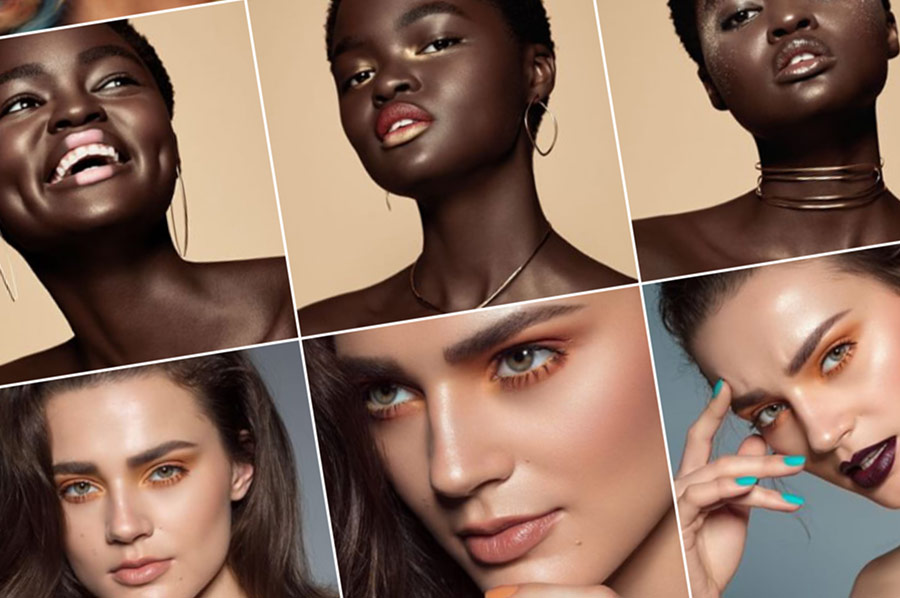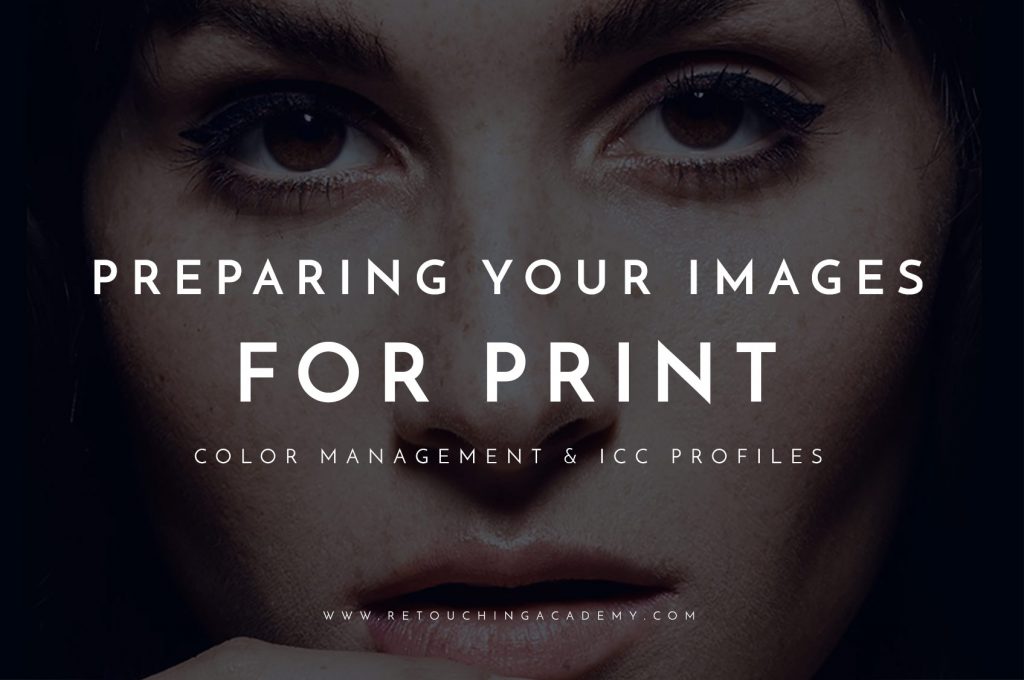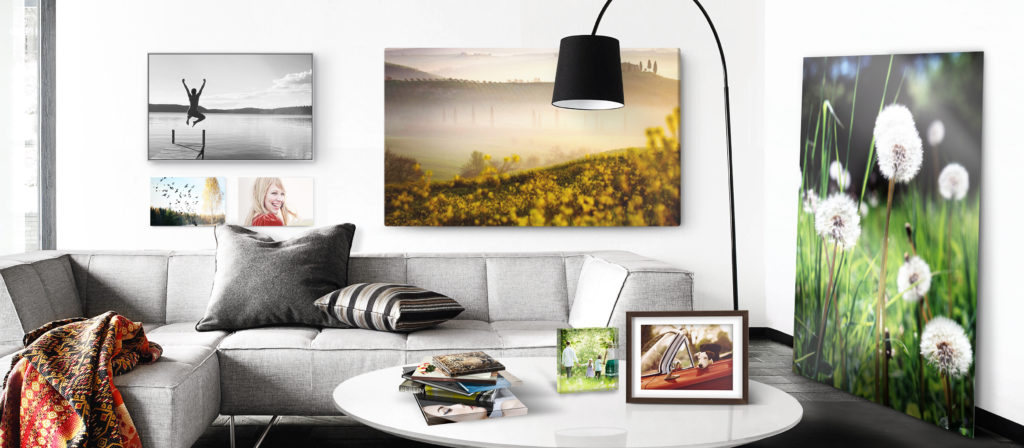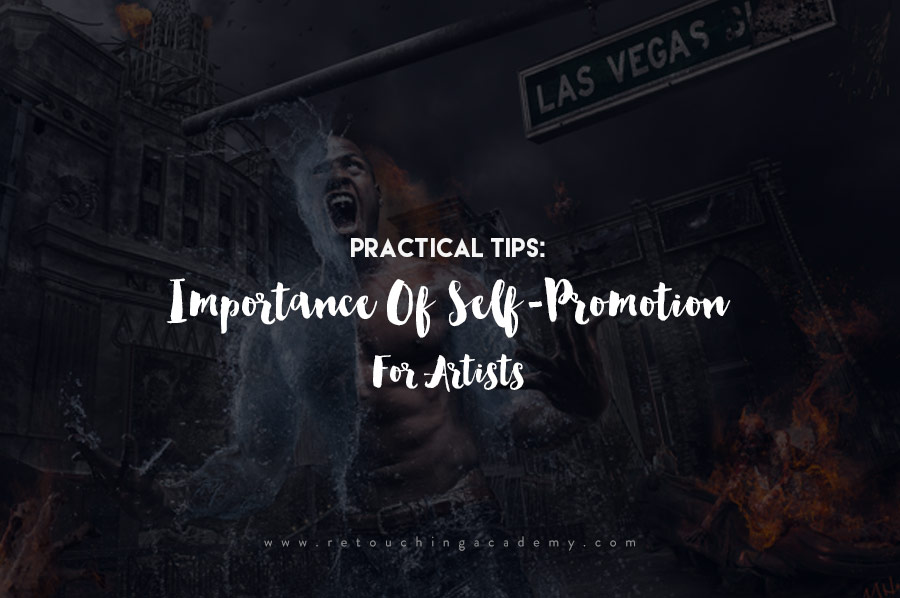I am very happy to share yet another great article from our friends, professional Berlin-based printing lab, that is serving artists around the world offering exceptional quality prints, WhiteWall.com. Today Jan-Ole Schmidt, photographer and Product Manager at WhiteWall, talks about different substrates that WhiteWall customers can print their work on.
What Photographs on Different Substrates Express
If you’re a newcomer, it’s easy to be overwhelmed by the large selection of materials you can print your images on. Acrylic glass, aluminium, canvas, or something entirely different – which substrate complements which image and what makes a photo look best? Let us sum up the most important differences between the four most popular materials photos are printed on.
Canvas
Photos on canvas have a classic feel, making the substrate perfect for landscapes, still-lifes and portraits. They emanate warmth and understated elegance. The photo is printed directly onto the canvas and takes on the look of a painting, thanks to the texture of the surface. At WhiteWall, you can choose the thickness of the stretcher frame your canvas is wrapped on, determining the degree to which your picture will appear above the wall. If you like, you can also add a picture frame – in certain rooms, canvas won’t feel quite right without a nice frame.

© WhiteWall.com
Acrylic Glass
Photos under acrylic glass feel elegant and high-end, and have an intense brilliance. The material is durable, crystal-clear, and really brings out the colors. The photo is mounted behind acrylic glass – also known as plexiglass – which adds a sense of depth to the scene.
The thicker the acrylic, the bigger this effect becomes. With this kind of depth, very colorful photos, architectural images, underwater shots, portraits, and night photography can really make a statement. At WhiteWall, we use a liquid silicone for mounting. The advantage of this is that, unlike conventional adhesives, the silicone never dries out completely, meaning it adjusts to shifts in temperature and doesn’t break.
Depending on your lighting or viewing angle, there can be reflections. For that reason, a picture’s position and lighting are especially important. If you’d prefer to avoid reflections altogether while still keeping the acrylic glass, then I recommend the matte variation – it’s practically glare-free!

© WhiteWall.com, BoConcept
Aluminum
Photos on aluminum feel both high-end and contemporary and we have a lot of options for our customers. For starters, there’s a matte or glossy photo print mounted on an aluminum backing panel. Then, there’s also the direct print on a white-primed aluminum. The latter is particularly great for high-contrast images with an abundance of straight lines, such as architectural photos. The finish also prevents glare.
The direct print is also available in a brushed look, in which the bright sections aren’t printed so that the textured aluminum remains visible. This metallic sheen is extremely effective for mechanical images, such as car photos. Aluminum has a modern and minimalistic feel, and it’s extremely durable and weather-resistant.
For those who want to combine high-gloss, durability, and brilliant colors, I recommend our HD Metal Print. For this, we use coated aluminum that’s just 1mm thick and a thermal sublimation printing process, which uses high pressure and heat to more or less put the image into the aluminum. The pores of the material take in the image and then close up, so the image is practically absorbed into the aluminum. This makes it extremely durable – you could even hang it in sheltered outdoor areas or in rooms with a high level of moisture. Also, since it’s so thin, even giant pictures are incredibly light.
Wood
Those who like to work with natural materials should opt for wood. Photos on wood irradiate a certain warmth and have a natural look. The photos are mounted on wood panels that are 18mm thick, turning them into a photo block of sorts. This is an out-of-the-ordinary and modern way to display images. At WhiteWall, you can choose between wood in natural or anthracitegrey edges. It goes without saying that nature shots look outstanding on the natural-look plywood. Among its many applications, I’ve found the anthracite grey panel particularly great for black-and-white photos.
Different substrates bring images to life in their own unique ways.
RELATED: Tips to Maximize the Quality of Your Printed Artwork
About WhiteWall
WhiteWall is a brand owned by Berlin-based Avenso GmbH, which has operated the photo lab as well as the WhiteWall.co.uk online service since 2007. Photography hobbyists and professionals around the world rely on WhiteWall’s exceptional quality. With its LUMAS brand, Avenso GmbH has been democratising the art market for ten years through its hand-signed art editions by renowned artists from around the world. All of Avenso GmbH’s photographic works and products are exclusively produced in, and shipped from, the WhiteWall photo lab in Frechen, Germany, just outside of Cologne.








